Pricing Strategies: Everything You Need To Know Today!

Deciding on how much to charge for your goods involves more consideration than simply calculating your costs and adding a markup.
"How much the customer is ready to pay for the goods has very little to do with cost and has a lot to do with how much they value the product or service they're buying," says Eric Dolansky, Associate Professor of Marketing at Brock University in St. Catharines, Ontario.
Value-based pricing refers to determining how much your customer appreciates your product or service and pricing it accordingly. It's a strategy Dolansky believes more entrepreneurs should employ.
If you set your prices too high, you'll miss out on important sales. If you set them too low, you'll miss out on a lot of money. Pricing, thankfully, does not have to be a sacrifice or a gamble.
There are plenty of pricing models and tactics that can assist you in better understanding how to determine the proper prices for your target audience and revenue goals.
A pricing strategy is a model or method for determining the most appropriate price for a product or service. It assists you in determining a price that maximises profits and shareholder value while taking consumer and market demand into account.
Many aspects of your organisation, such as revenue targets, marketing objectives, target audience, brand positioning, and product features, are taken into account when developing pricing plans. External factors such as consumer demand, competitive price, and broader market and economic trends also have an impact.
Pricing is something that many entrepreneurs and business owners overlook. They frequently analyse the cost of goods sold (COGS), and rival rates, and adjust their selling price by a few dollars. While your costs of goods sold and rivals are important, they should not be the focus of your pricing strategy.
Your profit and sales will be maximised if you choose the optimal pricing plan.
Before we go into pricing techniques, let's go over a key pricing idea that will apply regardless of which strategies you utilise.
Price Elasticity

The price elasticity of demand measures how a change in price impacts consumer demand.
If consumers continue to buy a product despite a price increase (for example, cigarettes and gasoline), the product is deemed inelastic.
Elastic products, on the other hand, are subject to price swings (such as cable TV and movie tickets).
Price elasticity may be calculated using the following formula:

Price elasticity is a notion that can help you determine whether your product or service is price sensitive. Ideally, you want your product to be inelastic, which means that demand will remain consistent even if prices fluctuate.
Let's look at some popular pricing techniques now. While we're at it, it's worth noting that these aren't strictly stand-alone techniques — many of them may be combined when determining rates for your products and services.
Competition-based Pricing

Pricing based on competition is also known as competitive pricing or competitor-based pricing. This pricing approach concentrates on the current market rate (or going rate) for a company's product or service; it does not consider the product's cost or consumer demand.
A competition-based pricing strategy, on the other hand, uses the prices of competitors as a standard. Businesses that operate in a highly competitive market may select this method because a tiny price difference may be the determining factor for clients.
With competition-based pricing, you can price your products slightly lower, the same as your competitors, or slightly higher than your competitors. For example, if you sold marketing automation software and your competitors' prices ranged from $19.99 per month to $39.99 per month, you'd set your price somewhere in the middle.
Whatever price you set, keeping your pricing dynamic and competitive is one way to remain ahead of the competition.
How it affects marketing?
Consumers are primarily seeking the best value, which is not always synonymous with the lowest price. Pricing your items and services competitively in the market can help your brand win a customer's business. Competitive pricing works especially effectively when your company provides something that the competitors do not, such as excellent customer service, a large return policy, or access to unique loyalty perks.
Cost-plus Pricing
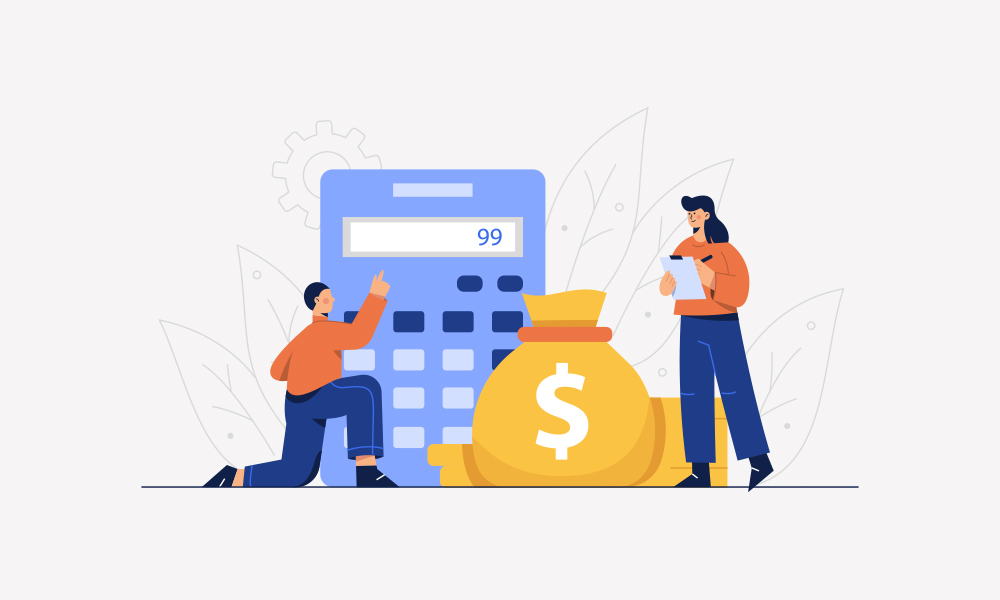
A cost-plus pricing strategy is exclusively concerned with the cost of manufacturing your product or service, often known as your COGS. It is also known as markup pricing since firms utilise this method to "markup" their items based on how much profit they want to make.
Using the cost-plus method, add a fixed percentage to the cost of producing your goods. Assume you were a shoe salesperson. The shoes cost $25 to create, and you want a profit of $25 on each sale. You'd set a price of $50, representing a 100% markup.
Retailers who offer physical things generally use cost-plus pricing. This method is not appropriate for service-based or SaaS businesses because their goods often provide significantly more value than the cost of creation.
How it affects marketing?
When the competition uses the same pricing approach, cost-plus pricing works well. It will not assist you to attract new clients if your competitors are focused on acquiring customers rather than increasing earnings. Before implementing this plan, conduct a pricing analysis that includes your closest competitors to ensure that it will help you accomplish your objectives.
Dynamic Pricing
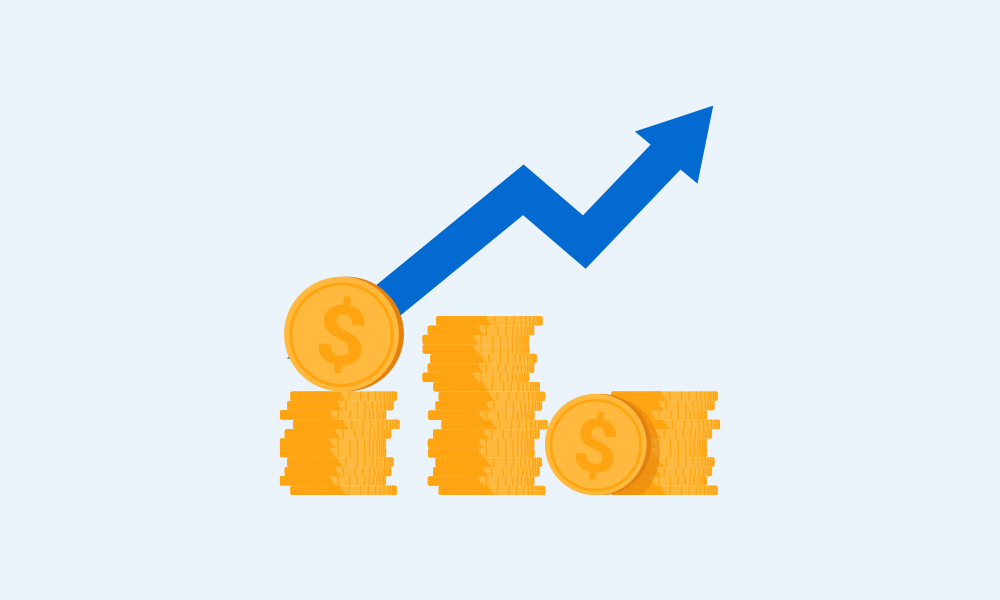
Surge pricing, demand pricing, and time-based pricing are all terms used to describe dynamic pricing. It is a pricing approach that allows prices to change based on market and consumer demand.
Dynamic pricing is used by hotels, airlines, event venues, and utility providers by employing algorithms that take into account competition price, demand, and other factors. These algorithms enable businesses to adjust rates based on when and what the customer is willing to pay at the precise moment they are ready to make a transaction.
How it affects marketing?
Dynamic pricing might assist you in staying on track with your marketing plans. Your team may plan ahead of time for promotions and adjust the pricing algorithm you employ to launch the promotion price at the optimal time. To maximise your revenues, you may even A/B test dynamic pricing in real-time.
Freemium Pricing
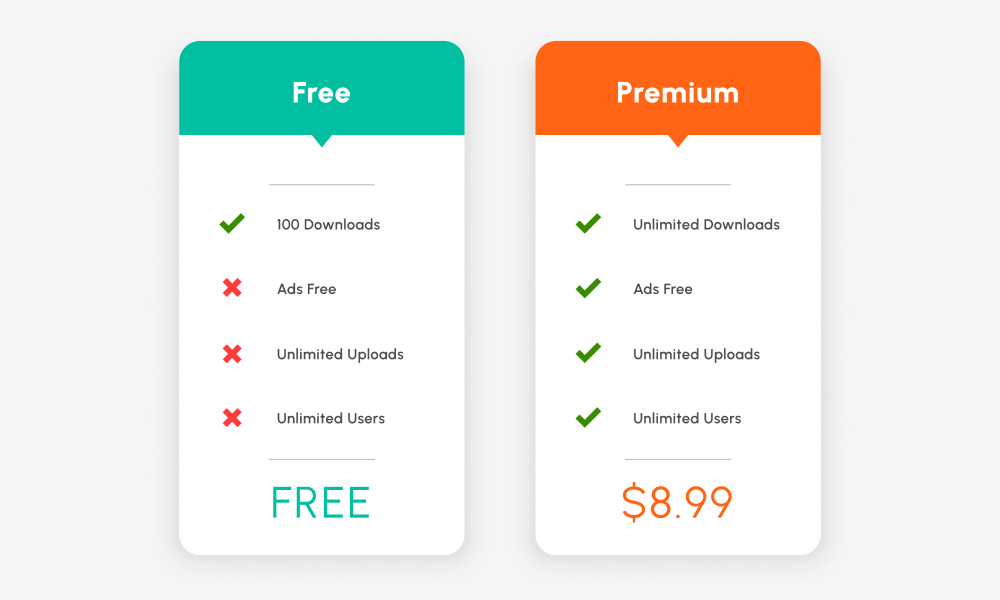
Freemium pricing, a combination of the words "free" and "premium," is when corporations offer a basic version of their product in the hopes that users will eventually pay to upgrade or access more features. Freemium, as opposed to cost-plus, is a pricing strategy often adopted by SaaS and other software companies. They adopt this method because free trials and restricted memberships provide a preview of a software's full capability while also establishing trust with a potential customer before purchase.
In the case of freemium, a company's prices must be determined by the perceived worth of its products. Companies that provide a free version of their software, for example, cannot charge consumers $100 to upgrade to the commercial version. Prices must have a low entrance barrier and gradually increase as customers are offered more features and benefits.
How it affects marketing?
Freemium pricing may not save your company money on the first acquisition of a customer, but it does provide you with access to the customer, which is just as useful. You can nurture the consumer into a brand loyal advocate with a respectable lifetime value if you have access to their email inboxes, phone numbers, and any other contact information you collect in exchange for the free goods.
High-low Pricing

A high-low pricing strategy is when a corporation sells a product at a high price at first but then reduces the price when the product loses novelty or relevance. Discounts, clearance areas, and year-end deals are all examples of high-low pricing in action, which is why this method is sometimes referred to as a discount pricing strategy.
Retailers who offer seasonal items or things that vary frequently, such as apparel, decor, and furniture, frequently use high-low pricing. What appeals to sellers about a high/low price strategy? Consumers enjoy looking forward to sales and discounts, which is why Black Friday and other universal discount days are so popular.
How it affects marketing?
A high-low pricing plan can help you maintain consistent foot traffic in your stores all year. By analysing the popularity of your items at different times of the year, you may use low prices to boost sales during normally quiet months.
Hourly Pricing

Consultants, freelancers, contractors, and other individuals or labourers that supply business services frequently employ hourly pricing, also known as rate-based pricing. Hourly pricing is simply a time-for-money exchange. Some clients are cautious to honour this pricing strategy since it may favour labour above efficiency.
How it affects marketing?
If your company thrives on short, high-volume jobs, hourly pricing may be just what you need to entice consumers to work with you. Customers can decide to deal with you based on a cheap price point rather than finding room in their budget for an expensive project-based commitment if you break down your rates into hourly chunks.
Skimming Pricing
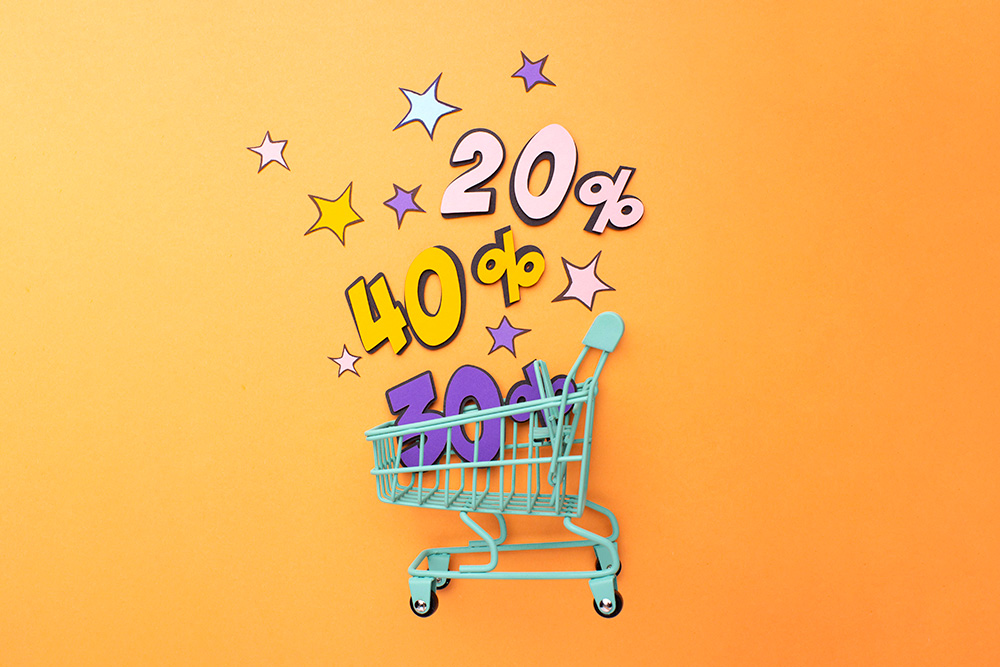
Skimming pricing occurs when a company charges the highest possible price for a new product and then gradually lowers the price as the product gets less and less popular. Skimming differs from high-low pricing in that prices are steadily reduced over time.
As technology devices become less important over time, such as DVD players, video game consoles, and cellphones, they are often priced following this technique. A skimming pricing approach can help recover sunk costs and sell things much beyond their novelty, but it can also irritate customers who paid full price and attract competitors who identify the "fake" pricing margin as prices are decreased.
How it affects marketing?
If you sell products with varied life cycle lengths, a skimming pricing strategy can be effective. One product's popularity may ebb and flow swiftly, giving you only a brief window of opportunity to benefit in the early phases of its life cycle. A product with a longer life cycle, on the other hand, can maintain a higher price for a longer period. You'll be able to sustain your marketing efforts for each product more successfully without having to continually modify your pricing across all of your products.
Penetration Pricing
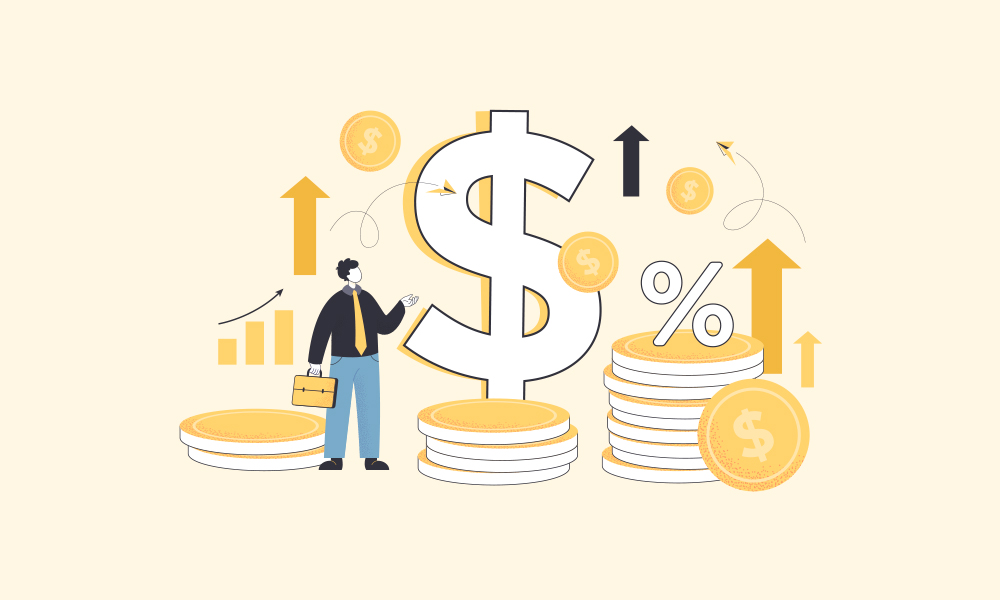
A penetration pricing strategy, as opposed to skimming pricing, is when a company enters the market with an exceptionally low price, thus taking attention and income away from higher-priced competitors. Penetration pricing, on the other hand, is not long-term sustainable and is normally used for a limited time.
This pricing technique is best suited for brand new enterprises seeking clients or for businesses entering an existing, competitive market. The plan revolves entirely around disruption and temporary loss, and the expectation that your initial consumers would continue with you as you gradually raise your prices.
Another related tactic is loss-leader pricing, in which retailers attract customers with purposefully low-priced items in the hopes that they will also purchase other, higher-priced products.
How it affects marketing?
Penetration pricing has the same issues as freemium pricing in that the money will not appear overnight. However, if you provide enough value and have a fantastic product or service, you may be able to continue to generate money and scale your business while you raise your rates. One recommendation for this pricing approach is to emphasise the value of the things you sell rather than the price.
Premium Pricing

A premium pricing strategy, also known as prestige pricing and luxury pricing, is when corporations charge a high price for their products to project the image that they are high-value, luxury, or premium. Prestige pricing is based on a product's perceived value rather than its real value or production cost.
Prestige pricing is directly proportional to brand exposure and perception. This pricing approach is used by brands that are known for giving value and status through their products, which is why they are priced higher than competitors. Because they may be sold as luxury, special, and unusual; fashion and technology are frequently priced using this method.
How it affects marketing?
Premium pricing is highly dependent on the market perception of your product. Using influencers, limiting supply, and driving up demand are all approaches to promote your product to influence a premium perception of it.
Project-based Pricing

A project-based pricing model is opposed to hourly pricing in that it charges a set fee per project rather than a direct exchange of money for work. Consultants, freelancers, contractors, and other individuals or employees that supply business services use it as well.
The value of the project deliverables can be used to estimate project-based pricing. Those that adopt this pricing model may also generate a flat price based on the project's projected time.
How it affects marketing?
Leading with the advantages that a customer will gain from partnering with your company on a project can make project-based pricing more tempting. Although the project's costs may be high, the one-time investment may be worthwhile. Your clients will understand that they will be able to work with you until the job is finished rather than until their assigned hours are exhausted.
Value-based Pricing
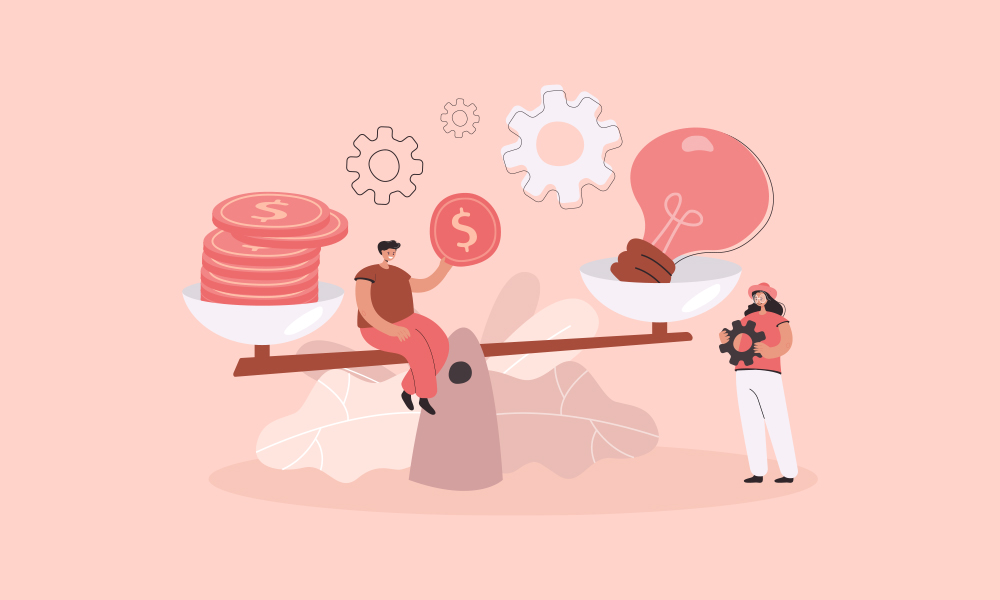
When organisations use a value-based pricing approach, they price their products or services based on what the client is willing to pay. Even if it can charge a higher price for a product, the corporation decides to set its rates depending on client interest and statistics.
Value-based pricing, when utilised correctly, can increase customer sentiment and loyalty. It can also assist you in prioritising your consumers in other areas of your organisation, such as marketing and customer service.
On the other hand, value-based pricing necessitates that you stay in touch with your distinct consumer profiles and buyer personas and maybe adjust your rates based on those variations. Speaking of customer profiles, feel free to read our article on that very subject here.
How it affects marketing?
Because marketing to clients should always begin with value, having a value-based pricing plan should assist boost demand for your products and services. Just make sure your target audiences are clear about what they're prepared to pay for.
Bundle Pricing

When you provide or "bundle" two or more complementary products or services together and sell them for a single price, you are using a bundle pricing approach. You can offer your combined items or services simply as part of a bundle, or you can sell them as both bundle components and individual products.
This is a terrific approach to add value to your goods for clients who are ready to pay more ahead for many products. It can also help you get your customers addicted to more than one of your items more quickly.
How it affects marketing?
Marketing bundle deals can help you sell more products than you would if you sold them separately. It's an excellent strategy for upselling and cross-selling your offerings while helping both the customer and your revenue goals.
Psychological Pricing
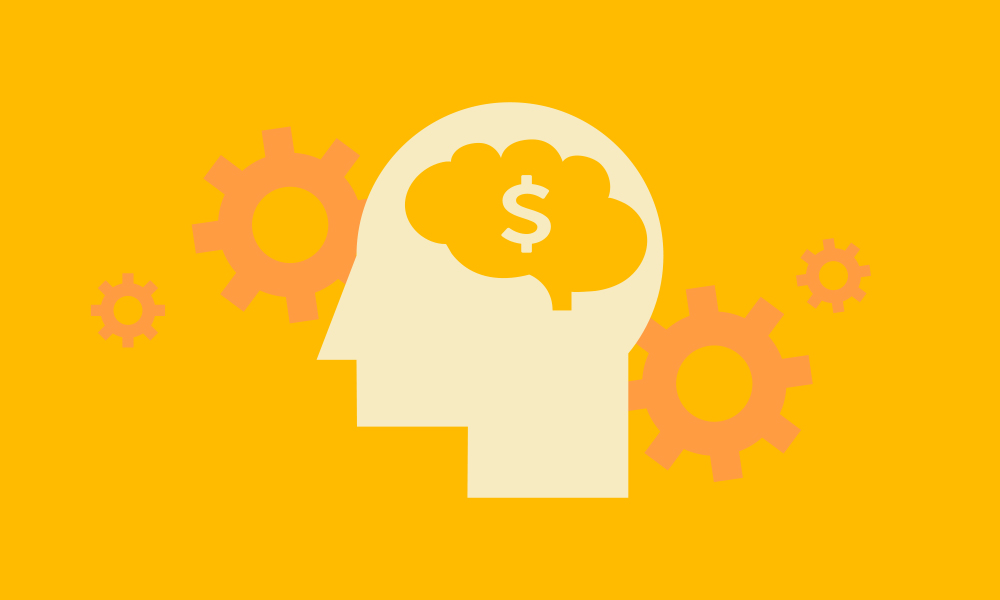
Psychological pricing is exactly what it sounds like: it uses human psychology to increase sales.
According to the "9-digit effect," even though a product costing $99.99 is $100, shoppers may perceive it as a good deal solely because of the "9" in the price.
Another technique to employ psychological pricing is to display a more expensive item exactly next to the one you're most interested in selling (either in-store or online). Alternatively, provide a "buy one, get one half off (or free)" bargain that makes clients feel as if the circumstances are too good to pass up.
Finally, in some cases, modifying the font, size, and colour of your pricing information on and surrounding your products has been shown to increase sales.
How it affects marketing?
For the best results, psychological pricing strategy necessitates a thorough grasp of your target market. If your clients are interested in discounts and coupons, appealing to this need through marketing can assist this product in meeting their psychological need to save money.
If your audience values quality, having the lowest price on the shelf may not help you meet your sales targets. Whatever the reasons your customers have for paying a particular price for a product, your pricing and promotion should appeal to those reasons.
Geographic Pricing

Geographic pricing refers to the practice of pricing items or services differently based on their geographical location or market.
This method may be employed if a consumer from another country makes a purchase or if there are inequalities in aspects such as the economy or wages from the location where you're selling a good to the location of the person to whom it is sold.
How it affects marketing?
Paid social media advertising makes it simple to market a geographically priced product or service. Segmenting by zip code, city, or even region can be done at a low cost and with high accuracy. Even if certain clients travel or relocate permanently, your pricing model will remain consistent, allowing you to keep your marketing costs low.
Pricing Strategy: HOW TO?

Now, let's talk about how to create your price plan.
Evaluate your pricing potential

You want to develop a plan that is tailored to your specific business. To begin, you must assess your price potential. This is an estimate of the product or service pricing your company could attain based on cost, demand, and other factors.
Some of the things that can influence your price potential are as follows:
-
Geographical market characteristics
-
Operating expenses
-
Inventory
-
Variations in demand
-
Concerns and benefits in competition
-
Demographic information
Next up, we will go deeper into demographic data.
Determine your buyer personas

You must price your goods based on the customer persona who is looking for them. When you consider your ideal consumer, you must consider the following factors:
-
Customer Loyalty Value
-
Availability of Funds
-
Customer Dissatisfaction
To help with this process, interview customers and prospects to find out what they like and dislike, and solicit input from your sales team on the top leads and their attributes.
Analyse historical data

Examine your previous pricing tactics. You may assess the difference in closed transactions, churn statistics, or sold products based on previous pricing methods used by your company and see which were the most effective.
Striking a balance between value with your business goals

When designing your pricing plan, make sure the price is beneficial to both your bottom line and your consumer personas.
Pricing is where users will ultimately decide whether or not to pay for your product. When done correctly, it will increase your organisation's revenue. Furthermore, it can provide a significant indicator of who your clients, customers, and users are.
So, what distinguishes a pricing strategy? This will be a mixture of compromises that are intended to benefit your company and consumer base, with the goals of:
-
Profit growth
-
Increasing cash flow
-
permeation of the market
-
Increasing market share
-
Boosting lead conversion
What are your competition’s prices?

You can't develop a price plan until you first analyse your competitors' offerings. When you notice a pricing discrepancy for identical goods or services, you'll have to choose between two options:
-
Beat your competitors' prices - If a competitor is charging a higher price for the same item as your brand, lower the pricing.
-
Beat your competitors' value - Also known as value-based pricing, you might potentially charge a higher price for your item if the value delivered to the consumer is greater.
Conduct a complete competitive analysis to see the competition's full product or service offering, so you can see their strengths and shortcomings and adjust your pricing approach accordingly.
Now that we've covered how to develop a pricing strategy, let's talk about how to apply these processes to various organisations and industries.
Various pricing models based on your field:
Product Pricing

Physical things, unlike digital products or services, incur tangible costs (such as transportation, production, and storage) that might influence pricing. A product pricing plan should take these costs into account and determine a price that maximises profit, supports research and development, and competes.
Digital Product Pricing

Because there is no real offering or unit economics (manufacturing cost) connected with digital products such as software, online courses, and digital publications, pricing must be approached differently. Instead, prices should represent your brand, industry, and overall product worth.
Restaurant Pricing

Restaurant pricing is unique in that it includes physical costs, overhead charges, and service costs. You must also examine your consumer base, overall market trends for your location and cuisine, and food costs – all of which might change.
Event Pricing

Production costs cannot be used to appropriately measure events, not unlike the digital products we discussed above. Instead, the expense of promoting and hosting the event, as well as the speakers, entertainment, networking, and overall experience, determine event value – and ticket prices should reflect these elements.
Services Pricing

Because of their intangibility and absence of direct production costs, business services can be difficult to price. The ability of the service provider to deliver and the projected level of their job account for a large portion of the service value. Freelancers and contractors, in particular, must follow a pricing plan for services.
Nonprofit Pricing

Yes, nonprofits, too, require price plans – a pricing strategy can assist nonprofits in optimising all processes to ensure long-term profitability.
A nonprofit pricing strategy should take into account current spending and expenses, the breakeven point for their business, the ideal profit margin, and how the strategy will be communicated to volunteers, licensees, and anybody else who needs to be kept informed. A nonprofit pricing approach is distinct because it frequently necessitates the incorporation of aspects from several pricing models.
Education Pricing

Education entails a wide range of expenditures that must be considered depending on the level of education, whether it is private or public, and the education program/discipline.
Tuition, scholarships, and other fees are specific expenditures to consider when developing an education pricing plan (labs, books, housing, meals, etc.). Competition among similar schools, demand (number of student applications), the quantity and cost of professors/teachers, and attendance rates are all relevant considerations.
Real Estate Pricing

Real estate includes estimates of home values, market rivalry, housing demand, and the cost of living. Other factors that influence real estate pricing models include prospective bidding wars, housing estimates and benchmarks which are available through real estate agents as well as free online resources, and seasonal variations in the real estate market.
Agency Pricing

Agency pricing models have an impact on your profitability, retention rates, customer satisfaction, and how you market and sell your agency. When building and evolving your agency's pricing model, it's critical to evaluate several approaches to optimise it to discover the best strategy to increase revenues.
Manufacturing Pricing

The manufacturing sector is complicated; there are many moving pieces, and your manufacturing pricing model is no exception. Consider the evolution of your product, demand, production expenses, sale price, unit sales volume, and any other costs associated with your process and product. Another critical component of a manufacturing pricing plan is determining the utmost amount the market will pay for your unique product to maximise profit.
E-Commerce Pricing

E-commerce pricing models are used to calculate the price at which your online products will be sold and how much it will cost you to do so.
That said, you must consider what your clients are willing to pay for your online items as well as the cost of purchasing and/or creating those things.
Also, do consider your online marketing campaigns for these products, as well as how easy it is for your customers to find similar products to yours on your competitors' e-commerce sites.
Analysis of Pricing

Pricing analysis is the practice of assessing your present pricing strategy in comparison to market demand. In general, pricing analysis looks at prices without regard to cost. A pricing study seeks to discover the potential for pricing modifications and enhancements.
How to analyse?
When evaluating new product ideas, formulating your positioning strategy, or executing marketing tests, you often do a pricing study. It's also a good idea to conduct a price study once or twice a year or so to compare your pricing to competitors and consumer expectations – doing so prevents you from having to wait for poor product performance.
✧ What is the true cost of your product or service?

To calculate the true cost of a product or service that you sell, you’ll want to recognize all of your expenses including both fixed and variable costs. Subtract these costs from the price you've already established or plan to set for your product or service.
✧ Target market & customer base responses to your pricing structure

Surveys, focus groups, or questionnaires can assist you to figure out how the market reacts to your pricing approach. You'll gain insight into what your target customers value and how much they're ready to pay for the value your product or service offers.
✧ Look at your competitors’ prices

When conducting a pricing analysis, there are two types of competitors to consider: direct and indirect.
Direct rivals are those that offer the same product as you. These competitors are likely to compete on price, thus they should be a top priority in your pricing investigation.
Indirect rivals are those that sell things that are similar to what you sell. If a customer wants your product but it is out of stock or out of their price range, they may go to an indirect competitor to find a similar product.
✧ Any legal or ethical constraints to cost & price

There is a delicate line between competing on price and causing legal and ethical problems. To avoid price-fixing and predatory pricing, you'll need to grasp them well while conducting your pricing study.
To develop a new (and better!) pricing strategy, you must first analyse your current price model. This is true whether you're creating a new product, improving an existing one, or simply changing your marketing strategy.
Closing Words
Consider everything that goes into pricing: competition, production expenses, customer demand, industry needs, profit margins... the list is limitless. Fortunately, you don't have to master all of these aspects at once.
Simply sit down, crunch some numbers (such as your COGS and profit targets), and determine what's most critical for your company. Begin with what you require, and this will assist you in determining the best pricing plan to employ.
Above all, keep in mind that pricing is an iterative process. It's unlikely that you'll get the proper prices right away; it may take a few tries (and a lot of studies), and that's fine.
More articles please read 10 Awesome Tips You Need To Increase Your Online Sales Today!

